10 Best Substitutes for Chili Peppers
Chili peppers are essential ingredients for certain dishes and types of cuisine. But what if you don’t have them on hand or you can’t handle the spice? Learn the best substitutes for chili pepper.
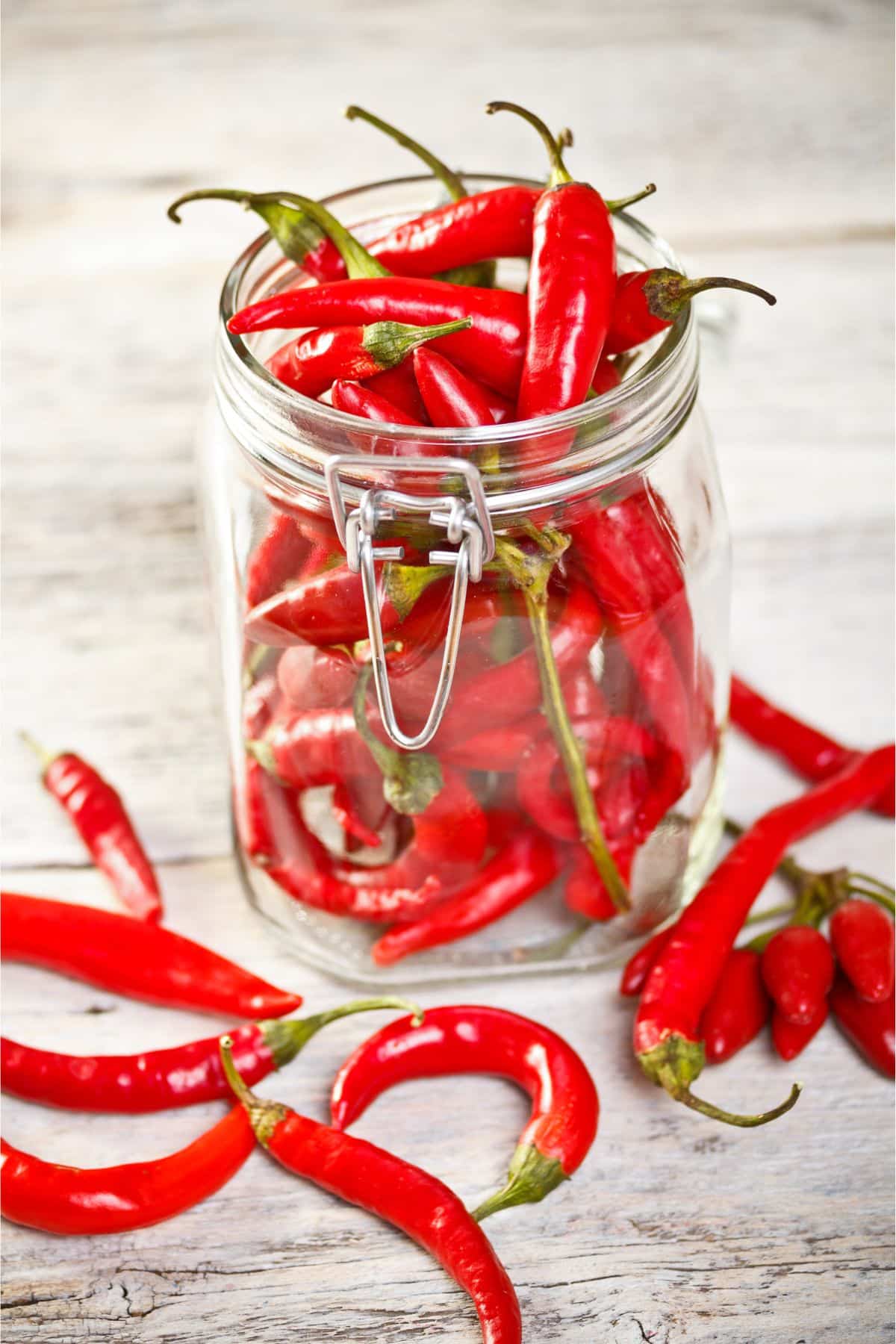
Chili peppers are a popular ingredient in many cuisines around the world. They add spiciness and heat to dishes, and their vibrant color can brighten up any plate.
Peppers contain capsaicin, a compound that has been suggested to show a variety of health benefits such as antioxidant, anti-inflammatory, and gut health benefits
Chili peppers come in a wide range of sizes, shapes, and colors, and their level of spice can vary from mild to fiery hot. Some popular chili pepper varieties include jalapeños, Serranos, habaneros, and Thai chilies.
When choosing chili peppers for a dish, it is important to consider the level of spice you are looking for. Milder peppers like bell peppers or sweet cherry peppers can be used in a wide variety of dishes, while hotter peppers like habaneros or ghost peppers should be used sparingly.
The spice level of peppers is measured in Scoville heat units. For the hotter peppers, a small amount goes a long way!
Chili peppers can add both flavor and heat to a variety of dishes. They are used in a wide variety of cuisines, including Mexican cuisine, Chinese food, Thai food, and more. Whether you’re looking for a little bit of spice or want to turn up the heat, there’s a chili pepper out there that will suit your needs.
Best Substitutes for Chili Pepper
When substituting for chili pepper, less is more. It’s better to use less than to use too much. As such, these are just guidelines. Start with a small amount and add more based on your preferences.
Most of these options can be found at local grocery stores or online.
1. Chili powder
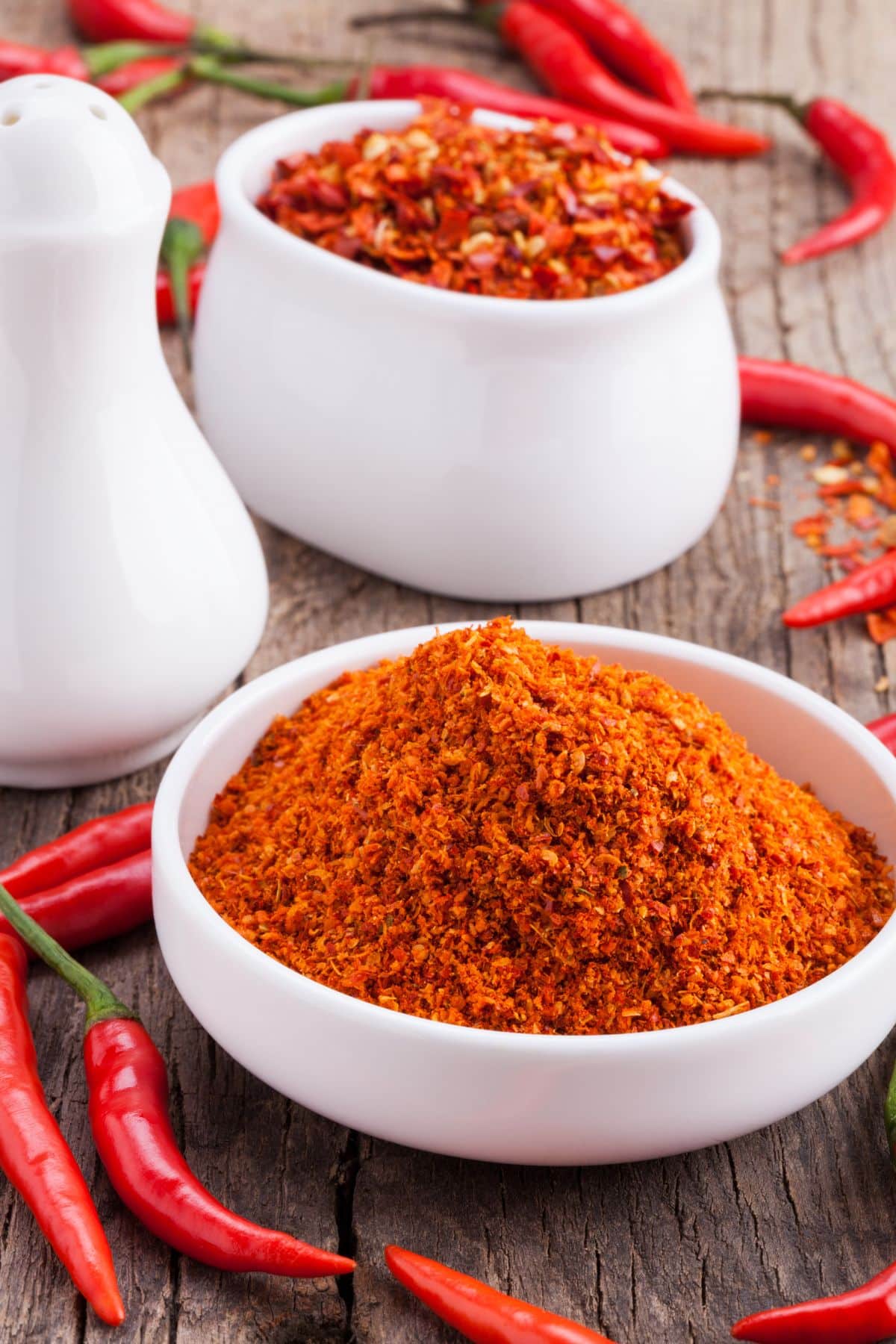
Chili powder is a blend of dried chili peppers and spices, including cumin, garlic powder and oregano. It’s typically used to add flavor and heat to dishes and can be added at any stage of cooking.
Chili powder is similar to chili peppers in that it’s spicy and has a deep, complex flavor. However, it’s more mellow than fresh chili peppers, making it a good choice for those who want to tone down the heat in a dish.
To substitute one chili pepper, use 1/2 of a teaspoon of chili powder.
2. Red pepper flakes
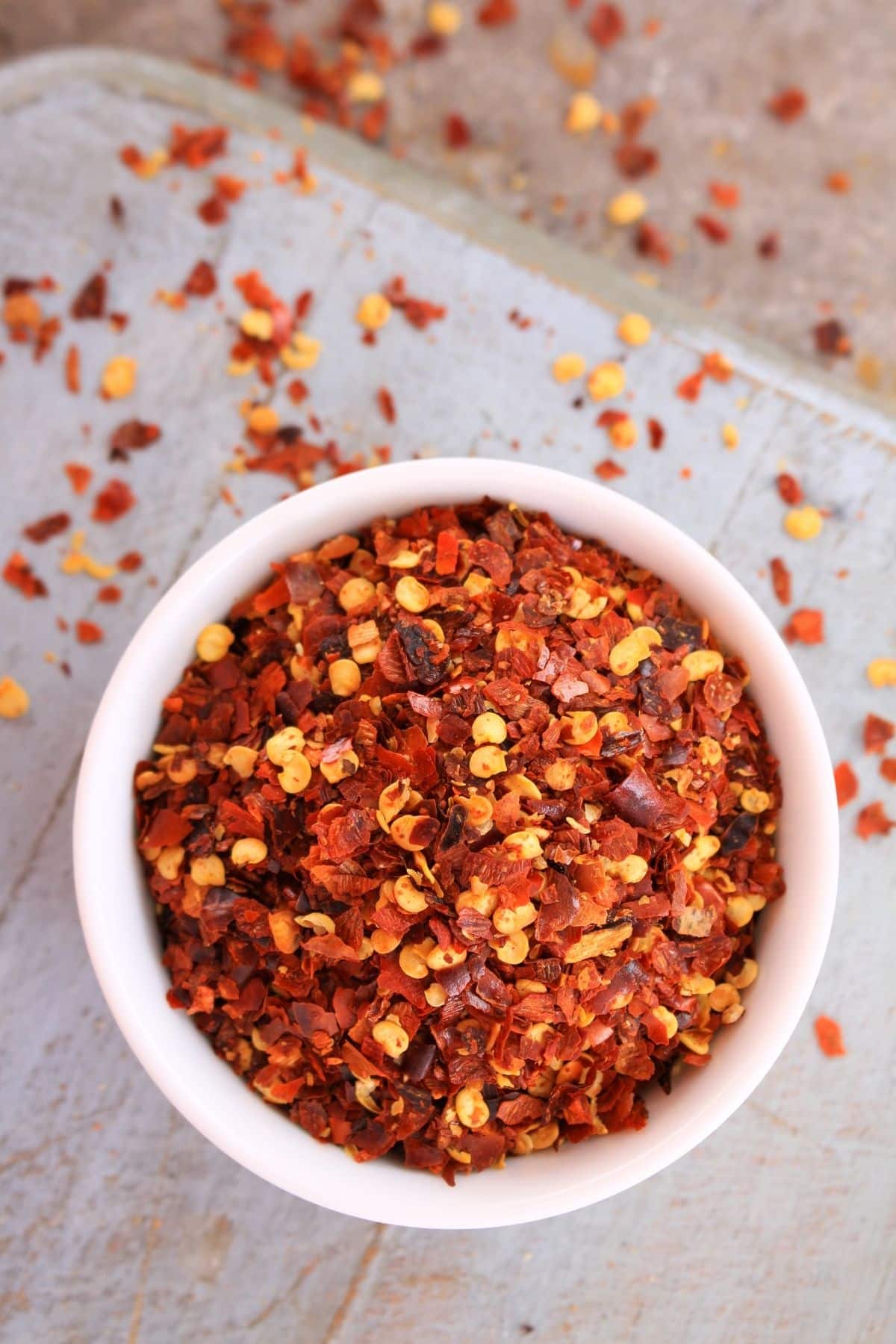
3. Bell peppers
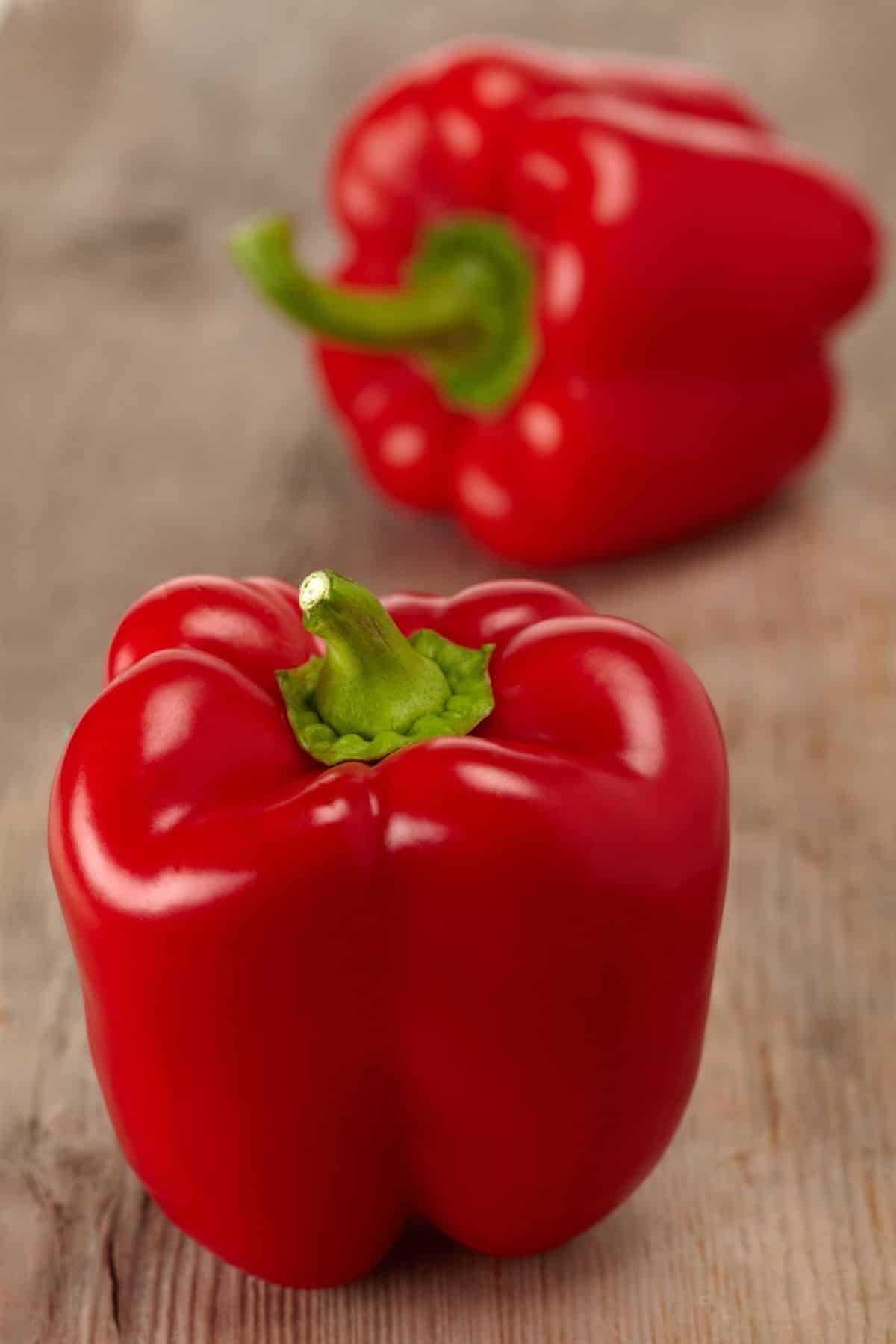
Bell peppers are a type of sweet pepper that comes in a variety of colors, including red, yellow and green. They have a milder flavor than chili peppers and lack the intense heat that chili peppers have.
Fresh bell peppers can be used as a replacement in most recipes.
To substitute one chili pepper, use one bell pepper.
4. Hot sauce
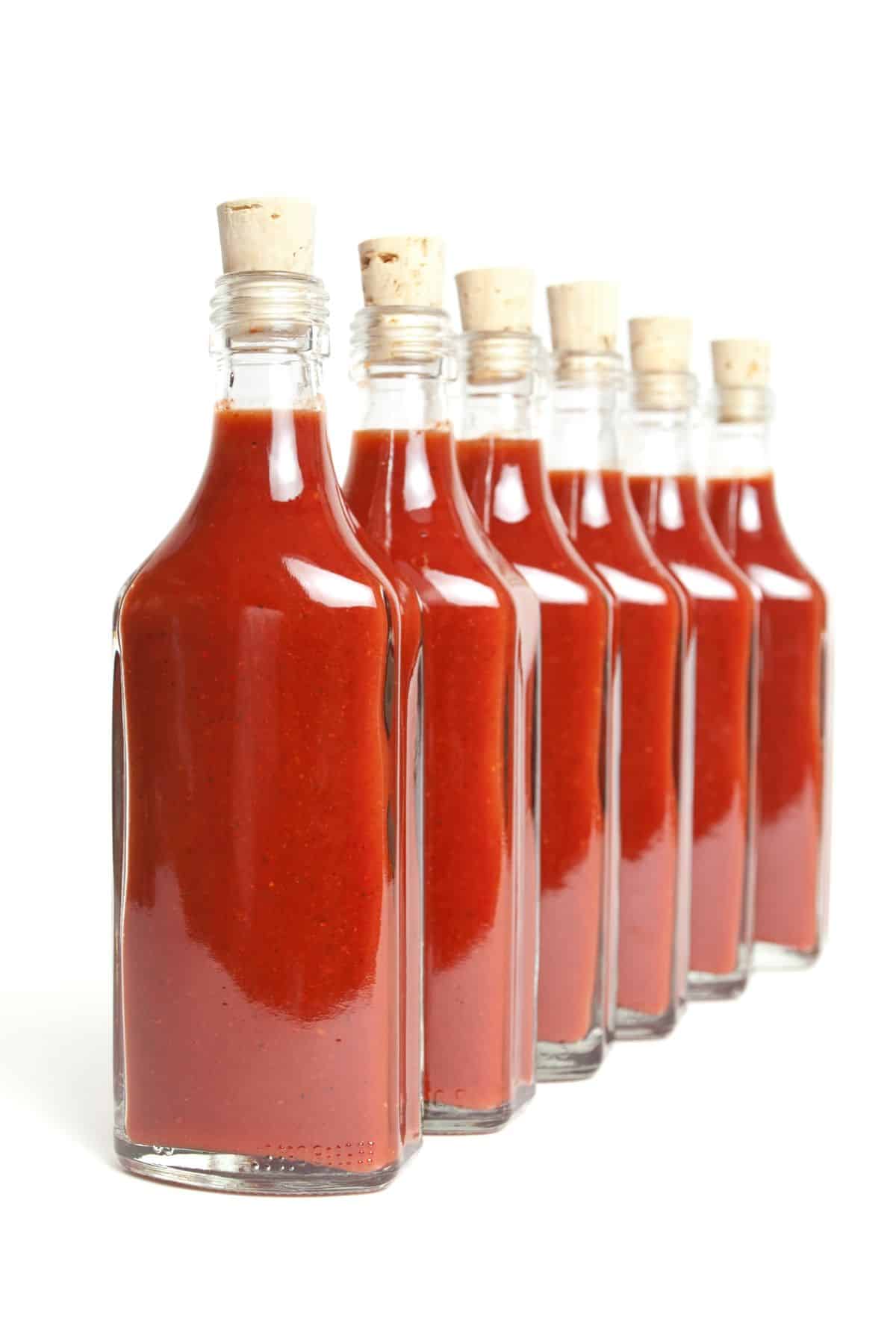
Hot sauce is a common condiment made from chili peppers, vinegar, and salt. It’s similar to chili peppers in that it has a fiery taste and can be used to add heat to a dish.
However, hot sauce is thinner and has more of a vinegar flavor than chili peppers.
To substitute one chili pepper, use 1 teaspoon of hot sauce.
5. Chili paste
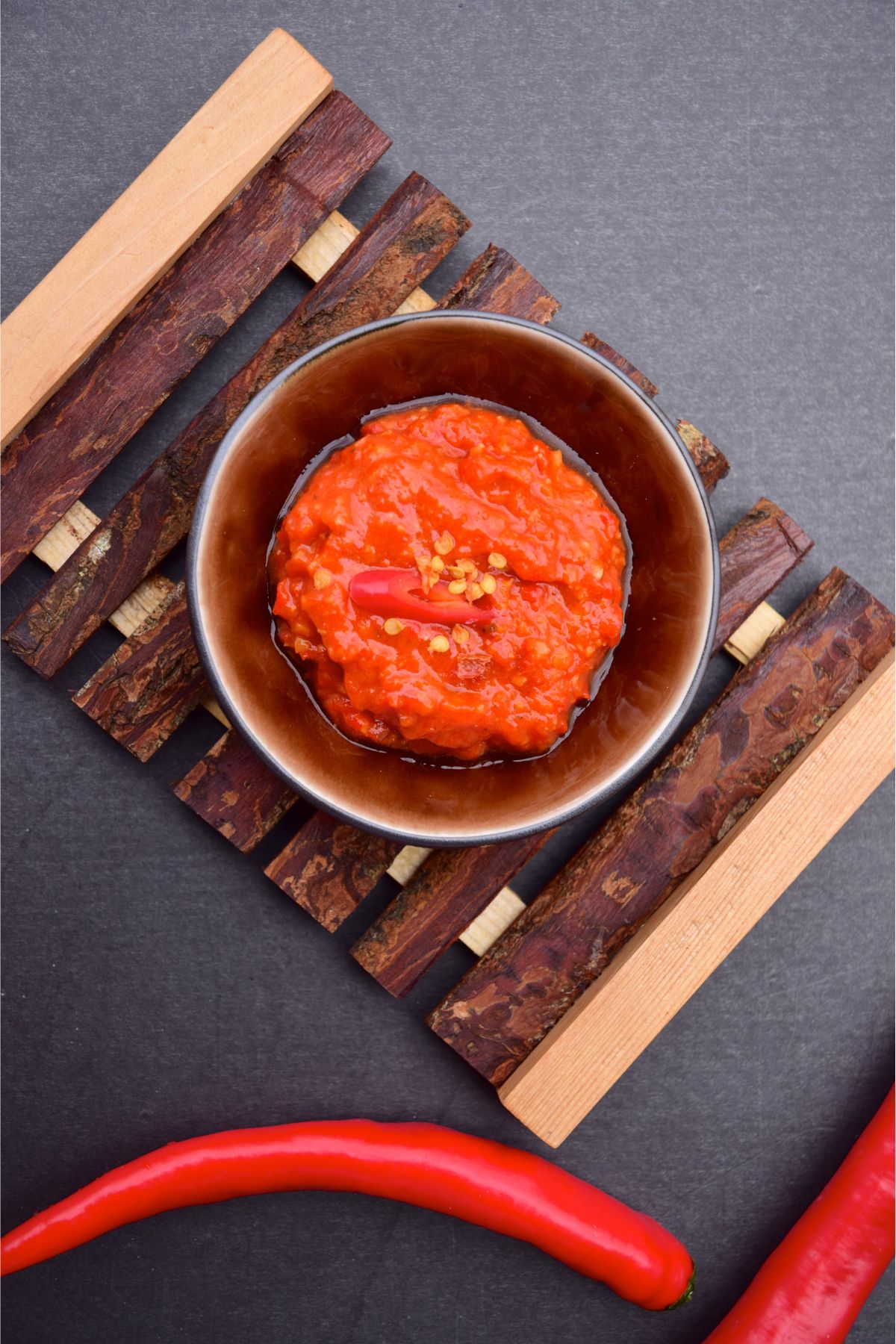
Chili paste is a thick, flavorful paste made from roasted and reconstituted dried chilis. It has a rich, complex flavor and can be used as a condiment or an ingredient in sauces and marinades.
To substitute one chili pepper, use 1/2 teaspoon of chili paste.
6. Green chiles
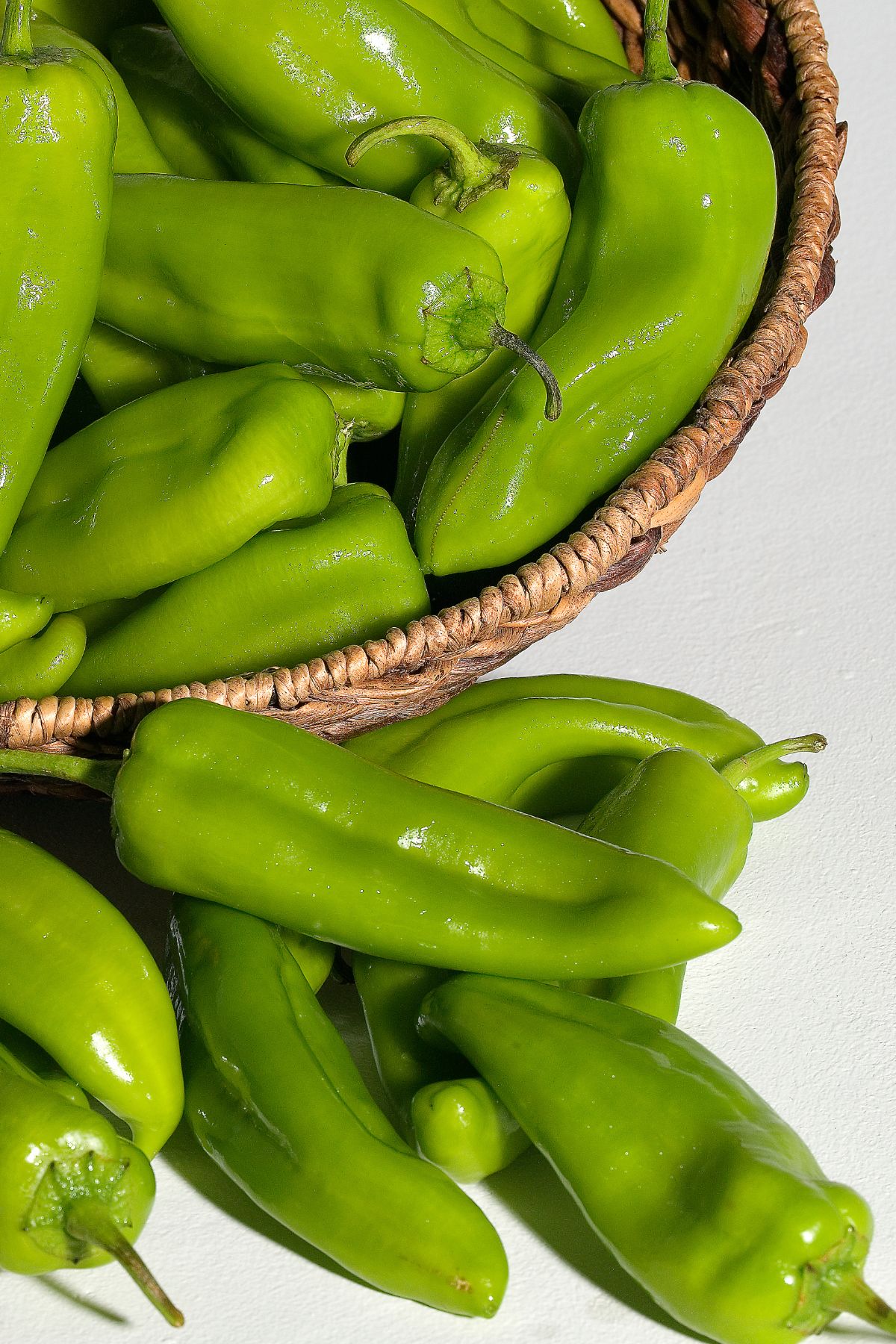
One common substitute is green chiles. These peppers are significantly milder than chili peppers, making them a good choice for those who are sensitive to spice.
Green chiles also have a slightly sweet flavor, which can add an extra layer of complexity to a dish.
To substitute one chili pepper, use one green chile.
7. Black pepper
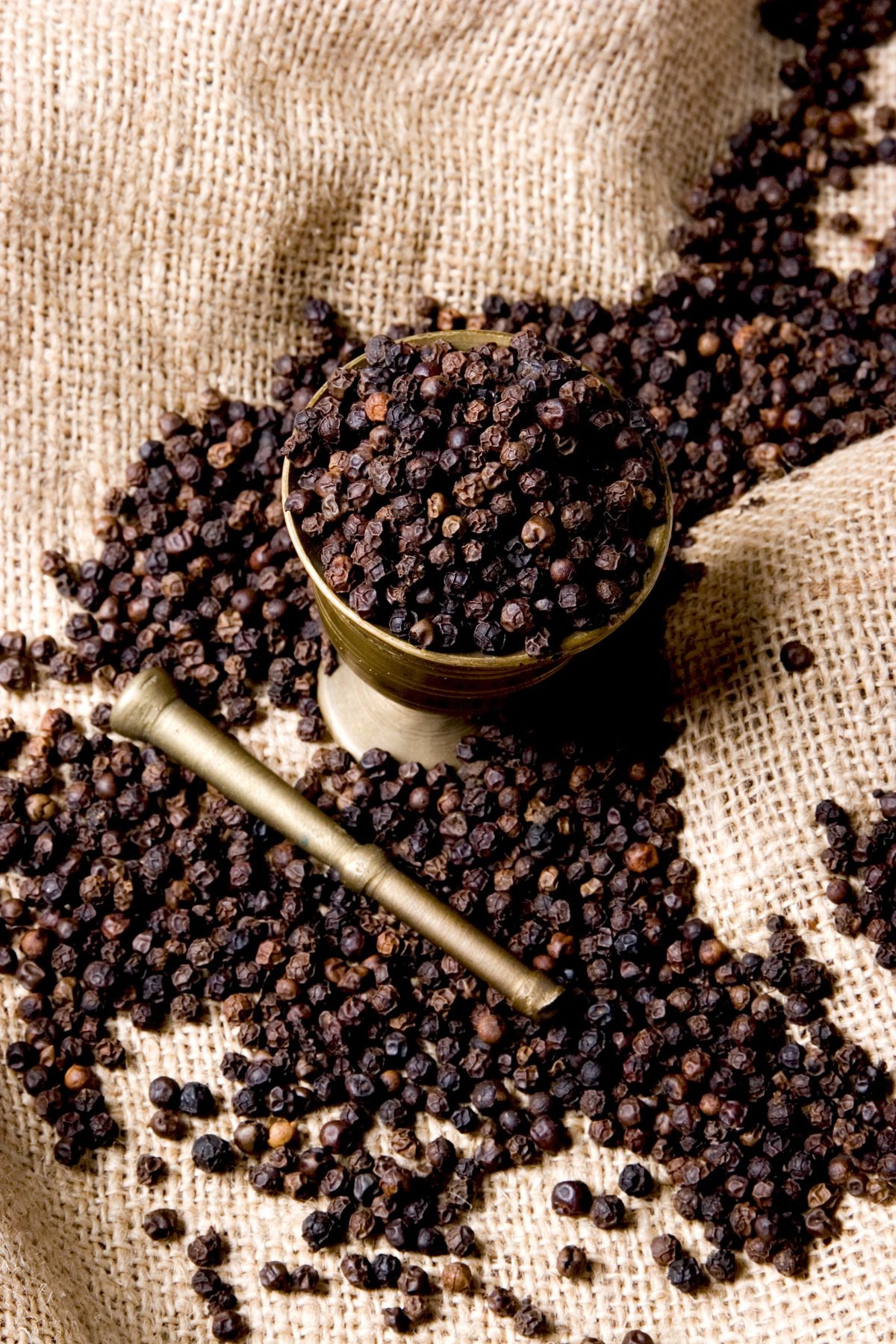
Black pepper is one of the most popular spices in the world and it is also a great substitute for chili peppers.
This small, but potent spice is similar to chili peppers in that it is spicy and has a bit of a burning sensation. However, black pepper is not as hot as chili peppers, and it has a more subtle flavor.
To substitute one chili pepper, use 1/4 teaspoon of black pepper.
8. Banana peppers
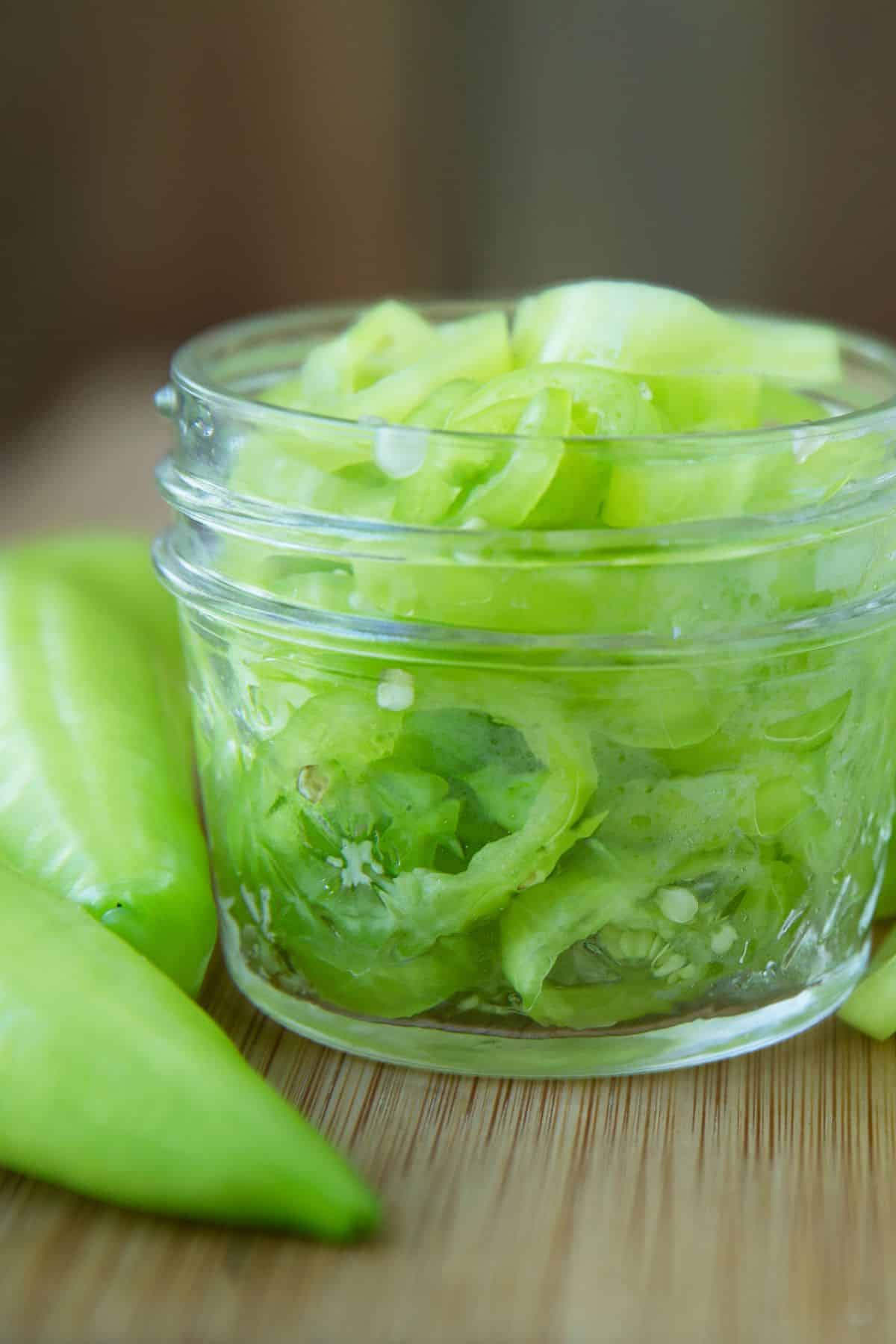
Banana peppers are similar to chili peppers in terms of their shape and size, but they have a much milder flavor. As a result, they can be an excellent choice for those who are sensitive to spice.
To substitute one chili pepper, use one banana pepper.
9. Habanero peppers
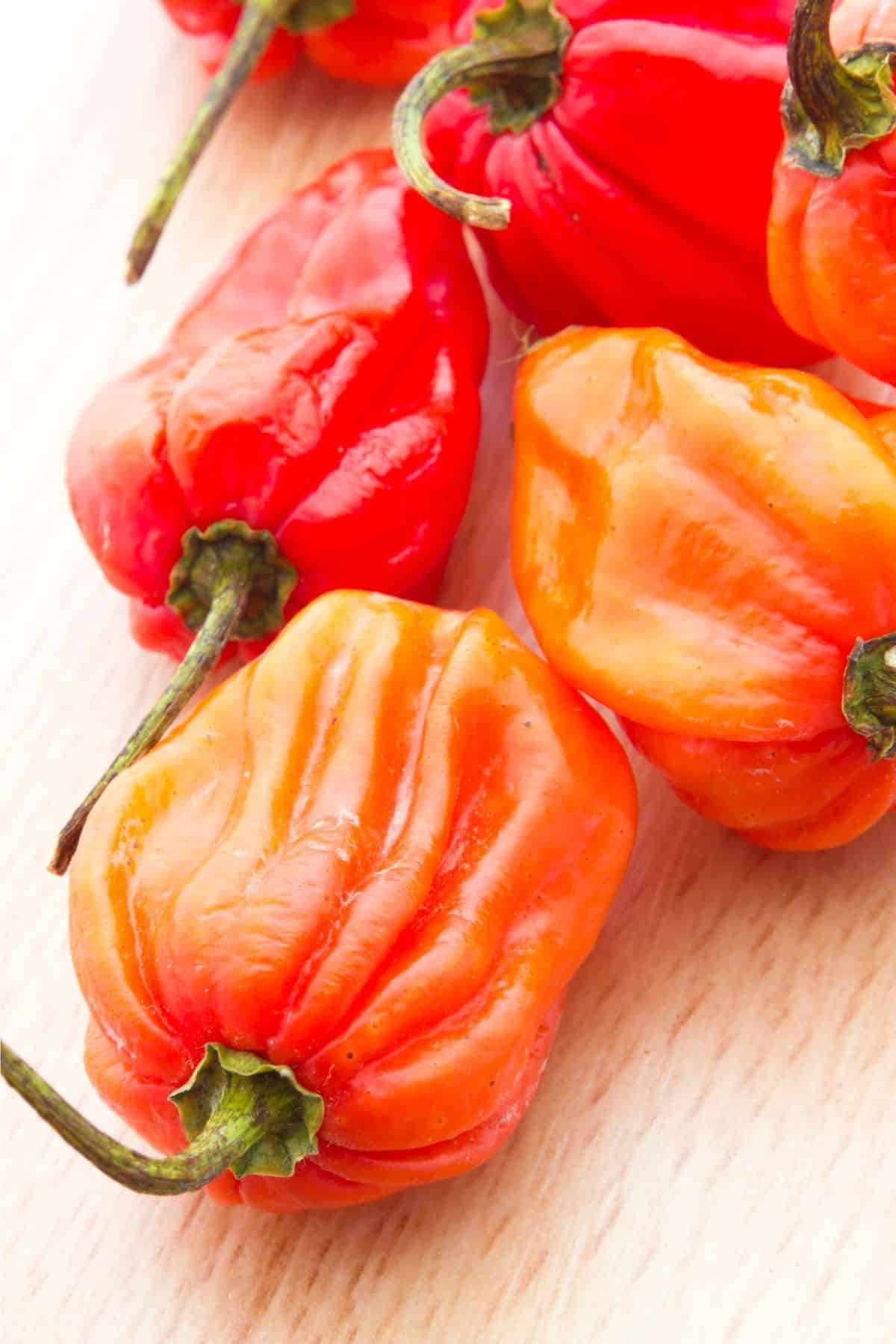
When it comes to chili peppers, habaneros are among the hottest. They’re small and lantern-shaped, with a fiery aroma and a scalding heat that can linger on the tongue long after they’ve been eaten.
You can also use other peppers with a high heat level such as serrano peppers, jalapeño peppers, thai chili peppers, or pequin chili pepper.
They share many of the same flavor notes as chili peppers, with a touch of sweetness and fruitiness.
To substitute one chili pepper, use 1/8 teaspoon of dried habanero powder.
10. Jalapeño peppers
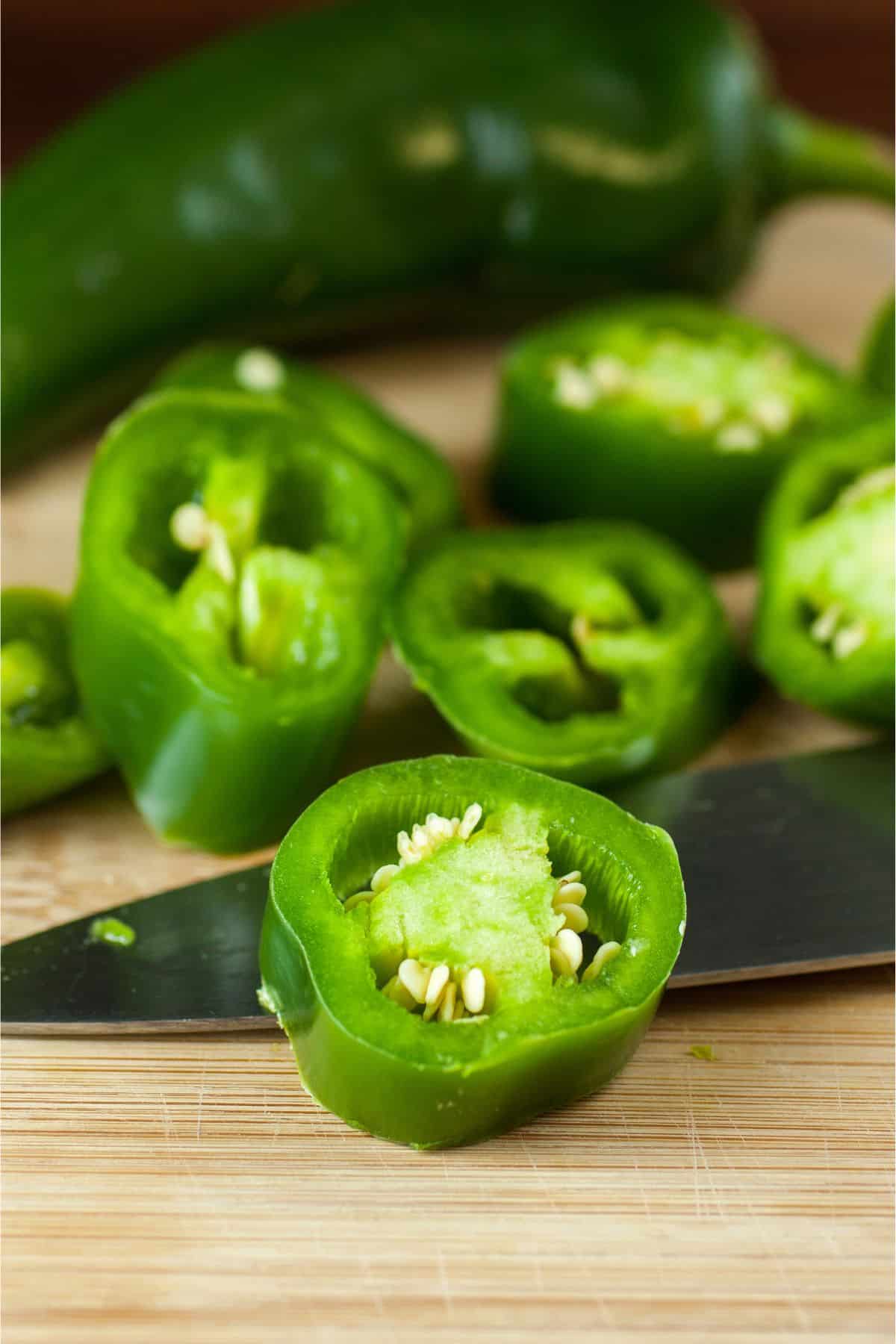
Jalapeño peppers are a good substitute for chili peppers. They have a similar flavor, although they are not quite as spicy.
To substitute one chili pepper, use one jalapeño pepper.
Pros and Cons
Here’s a chart summarizing various substitutes for chili peppers, including the respective pros and cons of each alternative.
| Substitute | Pros | Cons |
|---|---|---|
| Chili Powder | Mellow flavor, adds depth and complexity. | Less heat than fresh chili peppers, more mellow. |
| Red Pepper Flakes | Similar fiery flavor, easy to adjust heat. | Can be too intense if overused. |
| Bell Peppers | Mild flavor, good for adding bulk without heat. | Lacks the spiciness of chili peppers. |
| Hot Sauce | Easy to use, adds immediate heat and flavor. | Vinegary flavor might not suit all dishes. |
| Chili Paste | Rich, complex flavor, versatile in use. | Can be too intense if overused. |
| Green Chiles | Milder than chili peppers, slightly sweet. | Much less heat, may not satisfy those seeking spiciness. |
| Black Pepper | Spicy with a burning sensation. | Not as hot as chili peppers, flavor profile differs. |
| Banana Peppers | Milder flavor, similar shape and size. | Much less heat, might require more to match chili heat. |
| Habanero Powder | Extremely hot, shares flavor notes. | Potentially too hot, requires careful handling. |
| Jalapeño Peppers | Similar flavor profile, widely available. | Less spicy, may need more to match certain chili heat levels. |
Recipes Using Chile Peppers
Don’t Miss These Best Substitute Articles
- Best Substitutes for Dijon Mustard
- Best Substitutes for Italian Seasoning
- Best Substitutes for Leeks
- Best Substitutes for Oregano
- Best Substitutes for Sage
- Best Substitutes for Dried Basil
- Best Substitutes for Escarole
Conclusions
In conclusion, there are many different substitutes that can be used in place of chili peppers. Some of the most popular substitutes include bell peppers, green chiles, black pepper, and jalapeño peppers. All of these substitutes will add a similar flavor to a dish, although they may not be as spicy as chili peppers. However, using one of these substitutes will still result in a delicious meal.
Don’t forget to join my newsletter list to get exclusive clean eating recipes and tips. The newsletter is 100% free with no spam; unsubscribe anytime.
About the Author: Carrie Forrest has a master’s degree in public health with a specialty in nutrition. She is a top wellness and food blogger with over 5 million annual visitors to her site. Carrie has an incredible story of recovery from chronic illness and is passionate about helping other women transform their health. Send Carrie a message through her contact form.


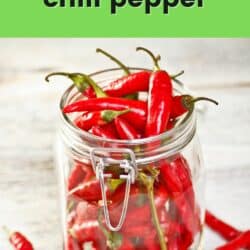
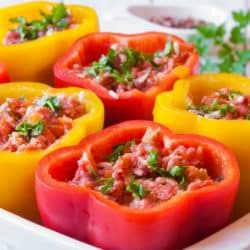

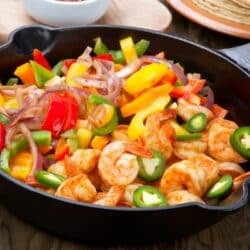




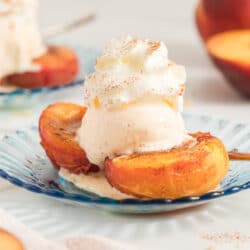

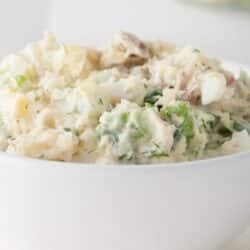


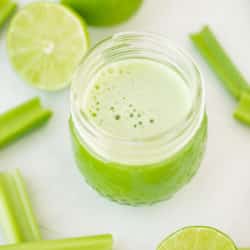

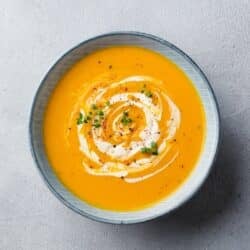





Thank you very much for listing the proportion of the substitute to one chili pepper. Your site is the only one I’ve seen so far to have this information. Much appreciated!